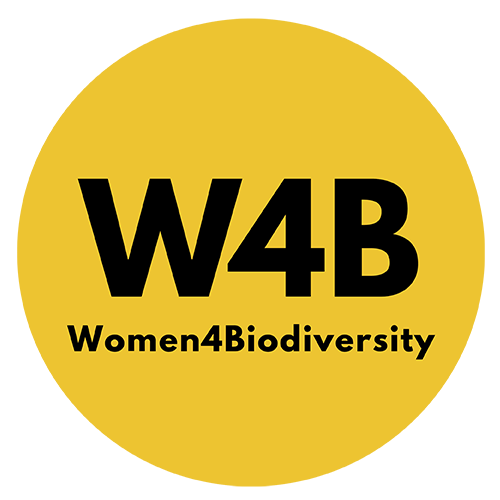Target 10: Enhance Biodiversity and Sustainability in Agriculture, Aquaculture, Fisheries, and Forestry
🤔 𝐖𝐡𝐚𝐭 𝐝𝐨 𝐲𝐨𝐮 𝐦𝐞𝐚𝐧 𝐛𝐲?
🌿 𝐌𝐚𝐧𝐚𝐠𝐞𝐝 𝐬𝐮𝐬𝐭𝐚𝐢𝐧𝐚𝐛𝐥𝐲, 𝐢𝐧 𝐩𝐚𝐫𝐭𝐢𝐜𝐮𝐥𝐚𝐫 𝐭𝐡𝐫𝐨𝐮𝐠𝐡 𝐭𝐡𝐞 𝐬
𝐮𝐬𝐭𝐚𝐢𝐧𝐚𝐛𝐥𝐞 𝐮𝐬𝐞 𝐨𝐟 𝐛𝐢𝐨𝐝𝐢𝐯𝐞𝐫𝐬𝐢𝐭𝐲: Under Article 2 of the Convention, the sustainable use of biodiversity is defined as using components of biological diversity in a way and at a rate that does not lead to the long-term decline of biological diversity, thereby maintaining its potential to meet the needs and aspirations of present and future generations.
🌿 𝐁𝐢𝐨𝐝𝐢𝐯𝐞𝐫𝐬𝐢𝐭𝐲-𝐟𝐫𝐢𝐞𝐧𝐝𝐥𝐲 𝐩𝐫𝐚𝐜𝐭𝐢𝐜𝐞𝐬: Biodiversity-friendly practices enhance positive effects and reduce negative impacts of production on biodiversity. They overlap with using on-farm biodiversity to boost productivity and resilience. Practices vary by system but can include sustainable ecosystem management, diversification, agroecological approaches, and organic farming. These methods utilize diverse, well-adapted crops, livestock, and associated biodiversity, such as pollinators and soil organisms, reducing the need for chemical inputs. Biodiversity-friendly practices maintain system resilience and support biodiversity conservation and restoration.
🌿 𝐍𝐚𝐭𝐮𝐫𝐞’𝐬 𝐜𝐨𝐧𝐭𝐫𝐢𝐛𝐮𝐭𝐢𝐨𝐧𝐬 𝐭𝐨 𝐩𝐞𝐨𝐩𝐥𝐞: Nature’s contributions to people (a concept similar to and inclusive of ecosystem functions and services) refers to all the contributions from biodiversity to people’s well-being or quality of life. The sustainable management of agriculture, aquaculture, fisheries, and forestry is an essential element in ensuring the continued availability of nature’s contributions to people, particularly food security.
To learn more about all 23 Targets, please visit: https://www.cbd.int/gbf/targets

